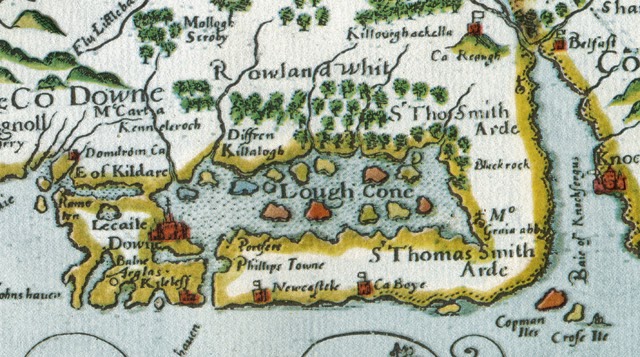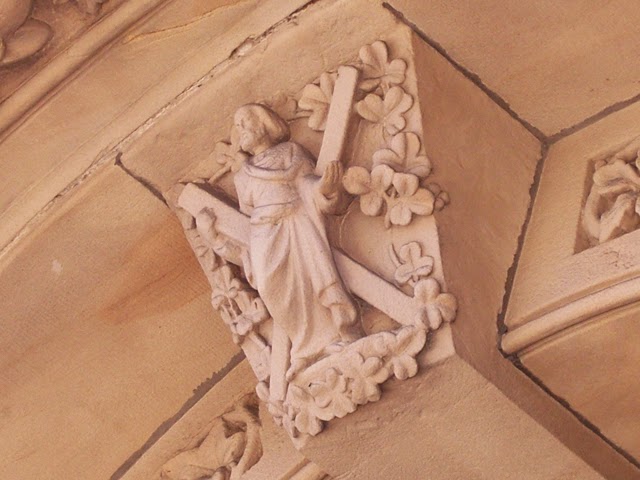Today is New Year's Eve and at midnight around the world crowds of well-liquored folk will blunder their way through a few lines of 'Auld Lang Syne', an old Scottish song collected by and usually attributed to Robert Burns.
This letter came into my possession during 2014. Written by Robert Burns Jr. from 2 York Road, Belfast to Miss Isabella Begg at Bridgehouse, Ayr. It's unspectacular in terms of content, but the date does not coincide with his other known visits to Belfast in 1844 - suggesting that he was a more regular visitor than is often thought. His daughter, Eliza (33 years old in 1845) and her daughter Martha (6 years old in 1845) moved to Belfast in the early 1840s having been in India and London. They lived in the city for about 25 years, mostly in the York Road district but later at Wilmont Terrace on the Lisburn Road.
Robert Burns Jr was born in 1787, the same year as the (second) Edinburgh edition and (third) Belfast edition of his father's poems. So the letter seems to be a 58 year old uncle getting his 39 year old niece to do a bit of travel arranging for him.
.......................................................
2 York Road, Belfast, Ireland
Saturday September 13th 1845
My dearest Isabella
If the weather should permit I shall leave Belfast for Ardrossan on the morning of the 23rd. As I am desirous of getting to Ayr the same evening for the purpose of avoiding passing the night at Ardrossan. I wish you to enquire at the Terminus as what hour the last train leaves Ardrossan and Kilwinning for Ayr. Please to let me know this as speedily as possible for should I set to Ayr that evening. I shall expect to have the pleasure of your company at breakfast at Mr. Johnston's on the morning of the 24th.
Eliza and Patty are well and send you their love. My love to my Aunt, to Agnes and yourself.
Believe me,
My dearest Isabella
Yours ever and truly
Robert Burns
.......................................................
Isabella Burns Begg Sr (photo here from around the same time as the above letter was written when she would have been 74 years old) was the youngest sister of the poet Robert Burns, and so was therefore Robert Burns Jr's aunt. She moved back to Ayr after her husband John Begg died in 1813, and was kept busy telling stories to visitors about her (late) famous brother. Two of her daughters were Agnes Brown Begg (1800–1883, presumably the Agnes mentioned in the letter) and her namesake Isabella Burns Begg Jr (1806–1886, presumably the Isabella the letter was written to).
So was 'Patty' a nickname for Martha? And who was Mr Johnston?

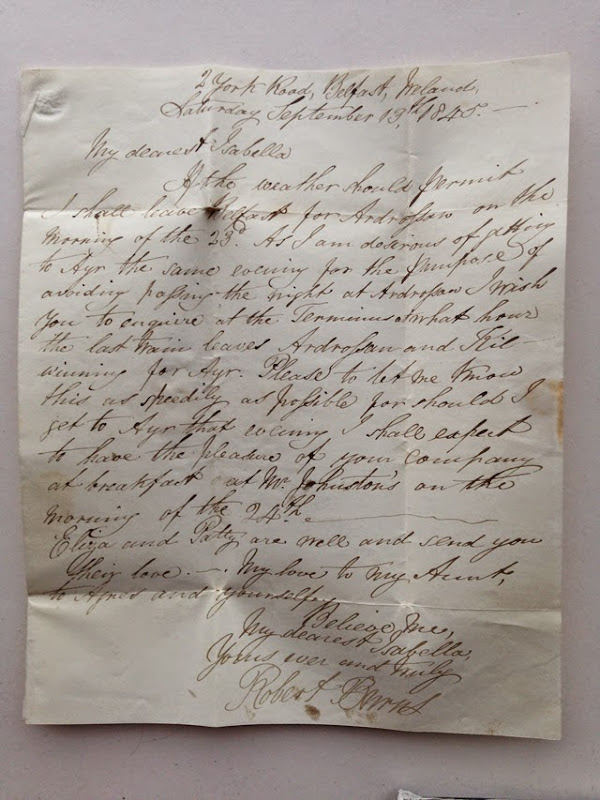
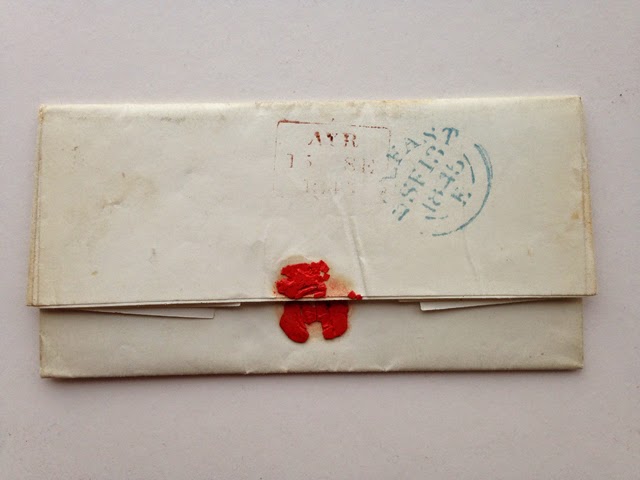

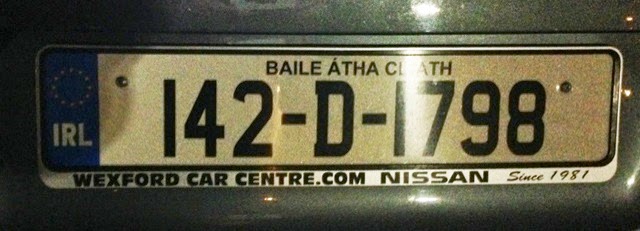
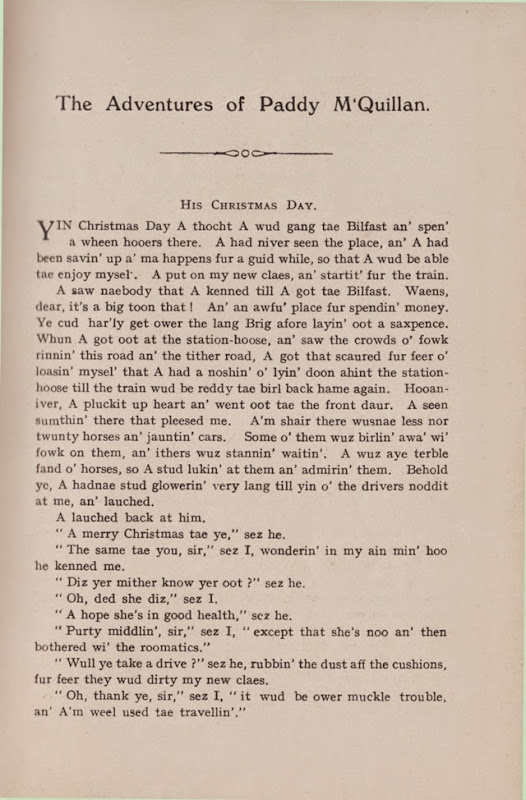

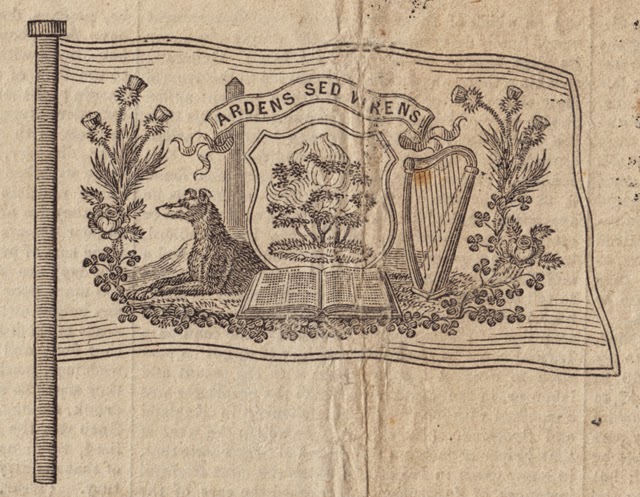
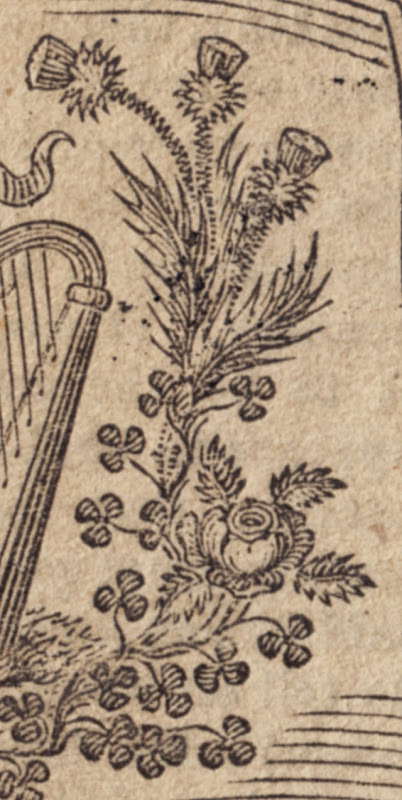
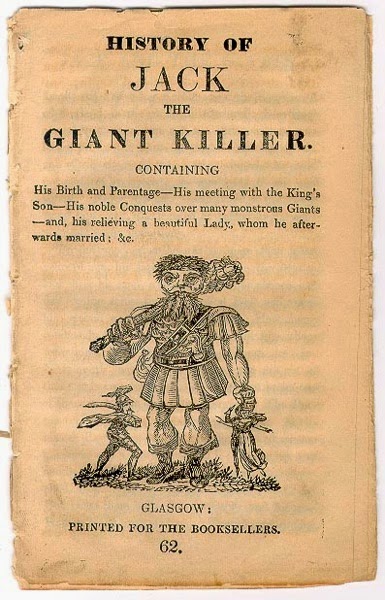

 Pic above from
Pic above from 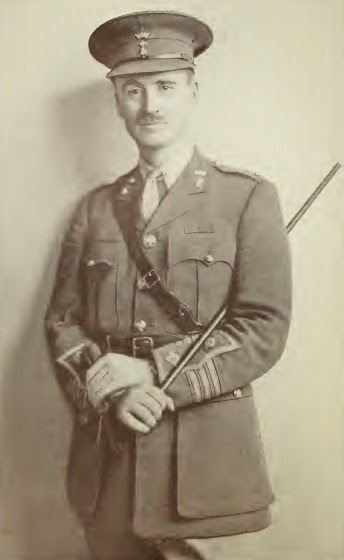
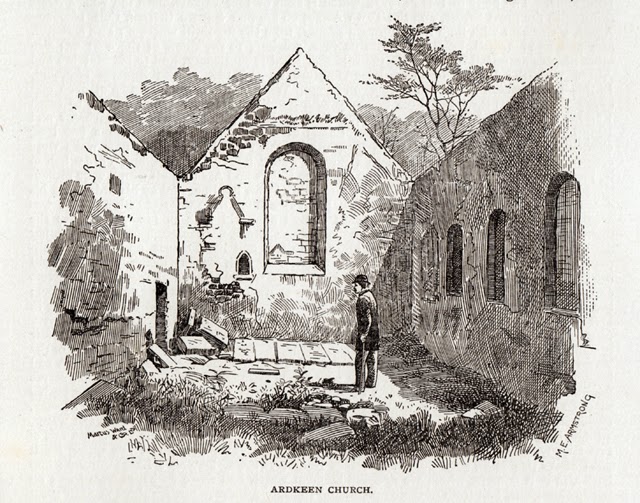
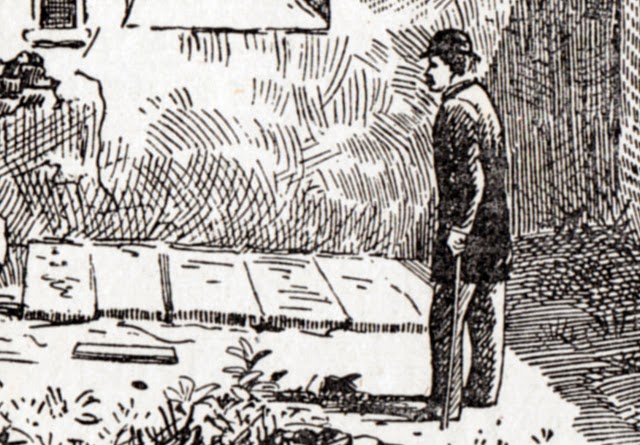

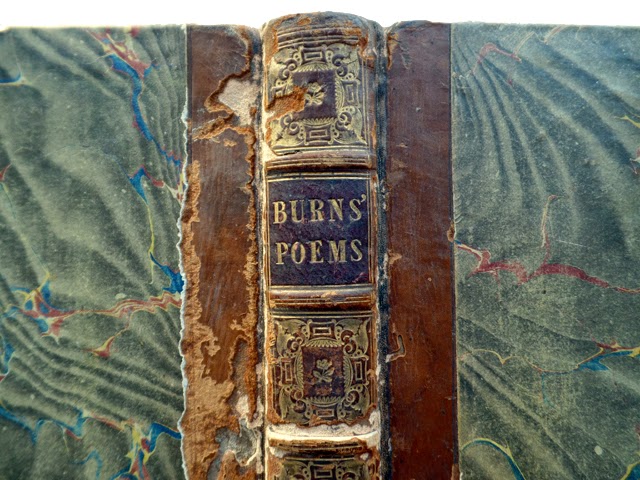
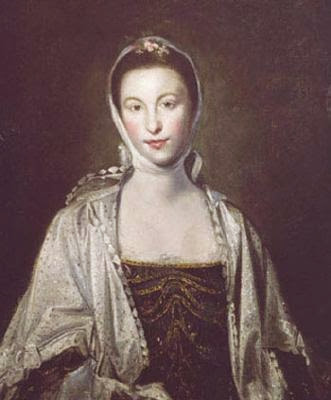
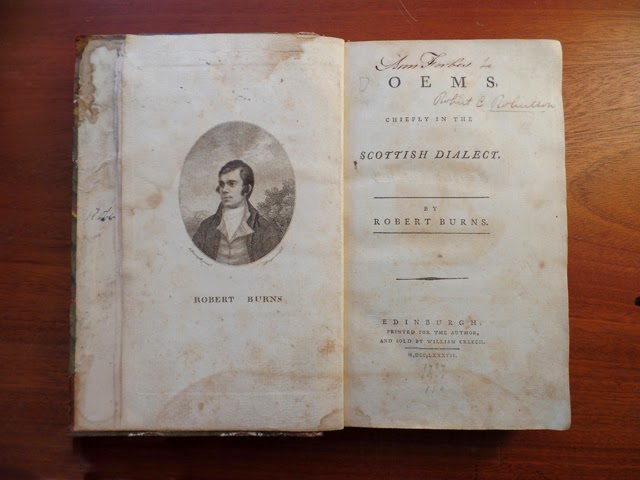
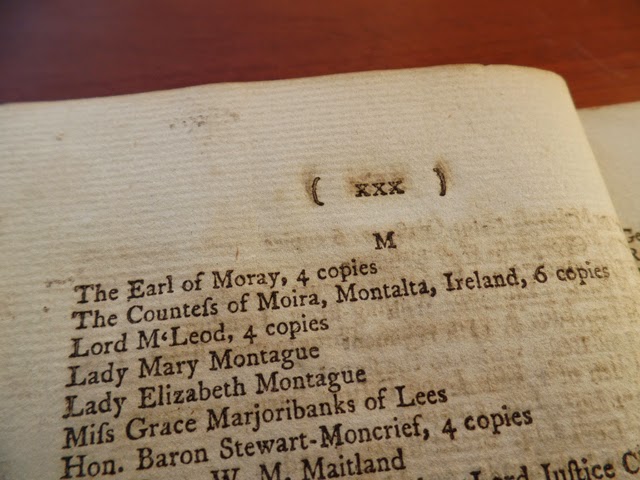
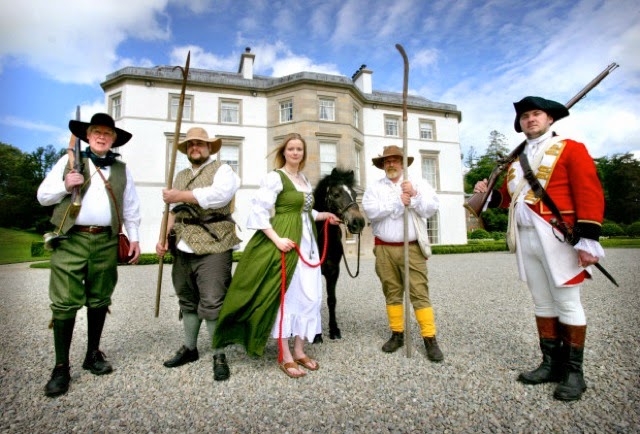 The last image is of the Country Fair & battle re-enactment publicity, and is from
The last image is of the Country Fair & battle re-enactment publicity, and is from 